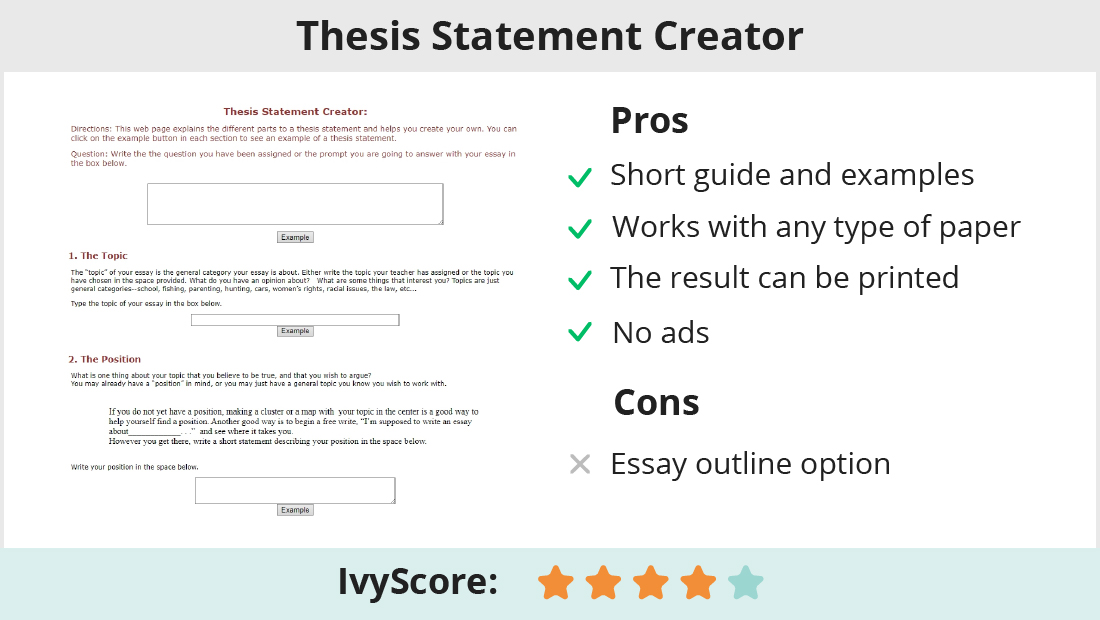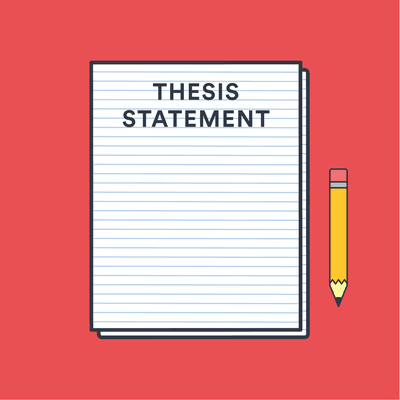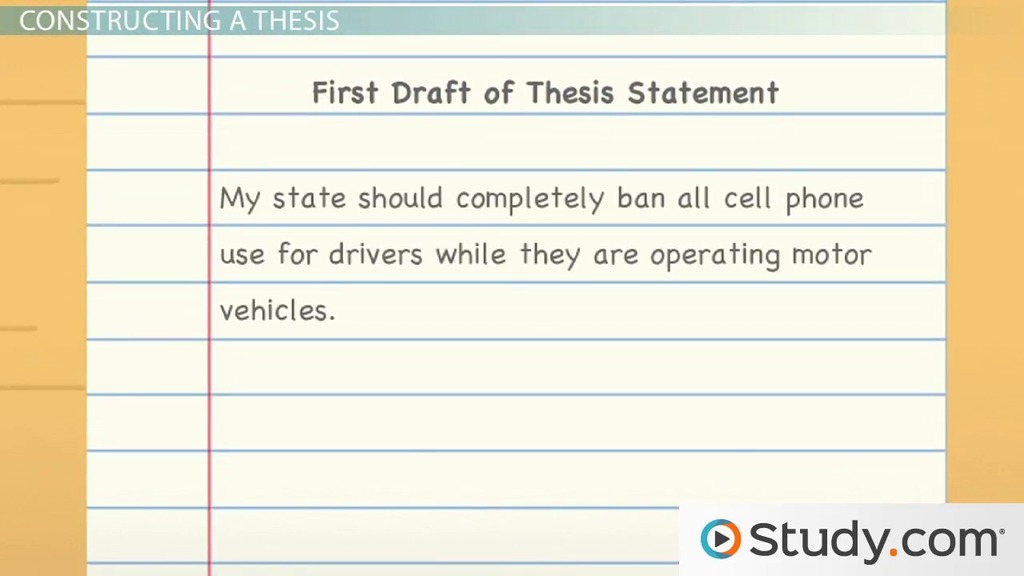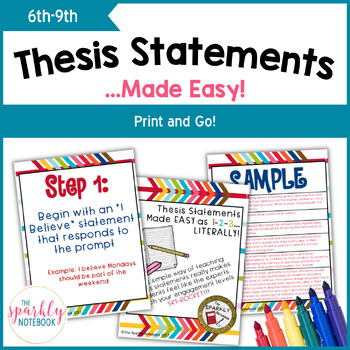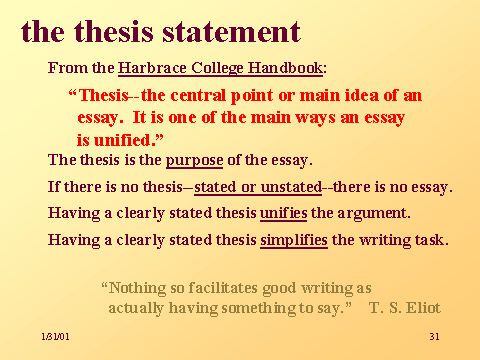Painstaking Lessons Of Tips About How To Build A Thesis Statement
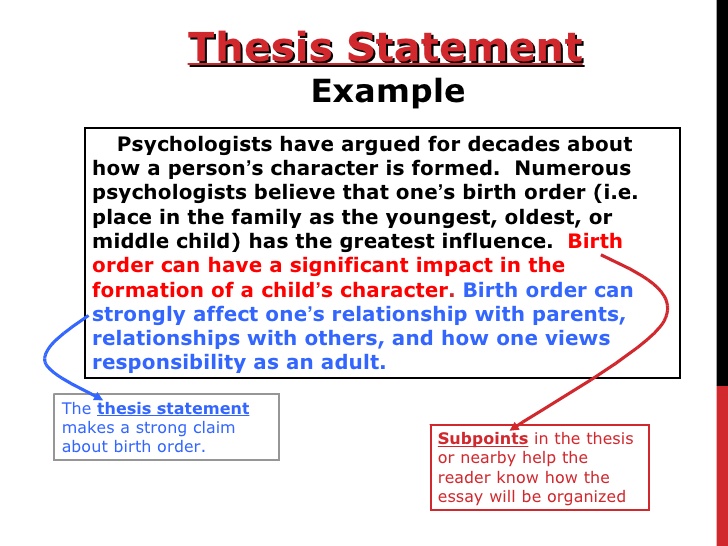
Make your thesis clear, strong and easy to find.
How to build a thesis statement. A strong thesis statement takes some sort of stand. To build a strong thesis statement, you have to follow the following mentioned steps. It should be the product of research.
Your topic is the essential idea of your paper. Tips for writing your thesis statement. Writing a thesis statement is an.
A persuasive thesis usually contains an opinion and the reason why your opinion is true. Start developing a thesis statement with a question. It is usually a phrase or a few words that summarize the subject of your paper.
The conclusion of a thesis should be based on evidence. To do so, we will use a hsc question as an example and develop it. It is usually a few words or a phrase that summarizes the subject of your paper.
Your thesis statement should explicitly lay out the specific argument you will. Look for tension, interest, ambiguity, controversy, and/or complication. 2 phrase your topic as a question and then answer it.
Determine what kind of paper you are writing: We’ll now look at the process for writing a thesis statement. Peanut butter and jelly sandwiches are the best type of sandwich because they are versatile,.
Your thesis statement should be specific—it should cover only what you will discuss in your paper. How to tell a strong thesis statement from a weak one. Define this main idea before.
The thesis statement or main claim must be debatable. An argumentative or persuasive piece of writing must begin with a debatable thesis or claim. Your thesis statement should be precise, focused, and contestable;
It’s not always easy to fit your entire thesis into just one sentence, let alone one that’s written clearly and eloquently. Remember that your thesis needs to show your conclusions about a. The thesis should be arguable, contestable, focused, specific, and clear.
State the main idea about this topic*. Once you have a working thesis, write it down. Developing a thesis first, analyze your primary sources.

